Data Architect 101 for Data Engineers
Learn basics of Data Architecture to grow in your career and create value for the company.
The goal of every data project is to solve business problems. It can be anything from reducing current system costs to building a full-fledged data system helping businesses to make data-driven decisions.
Today I want to take you on a journey of architecting a data system, if you are an aspiring data engineer or have been working in this field for a few years, understanding how to architect a data system can help you see the bigger picture.
What is Data Architecture?
Here is the technical definition you will find in The Fundamentals of Data Engineering Book by Joe Reis and Matt Hoursely
Data architecture is the design of systems to support the evolving data needs of an enterprise, achieved by flexible and reversible decisions reached through a careful evaluation of trade-offs.
In simple terms, before the construction of any building, architects design a blueprint, the same thing we replicate for the data system
Building Architecture contains various components - Foundations, Floor plans, Elevations, Elevators, Stairs, Offices, Restrooms, and many more...
Data Architecture contains Storage, Software, Data flow, Interfaces, Transformation, Staging areas, Data warehouse, Reporting, and many more…
As per the technical definition, decisions should be flexible and reversible, which means if every component in the architecture does not meet the requirements then should be easily reversible
There are two parts to it
Business Needs (Operational Architecture): We focus on the business goals and requirements.
For example in an e-commerce platform
What is the impact on the XYZ category of product?
Why is there a delay in product shipping?
How do we manage data quality from third-party vendors
All focus is on business and how it will impact everyone
Technology Integration (Technical Architecture): We focus on the technical side of things, and how to ingest, store, and transform data. What happens when we have sudden orders spike?
In short, operational architecture describes what needs to be done, and technical architecture details how it will happen
Operational Architecture: Aligning Data with Business Goals

The operational architecture ensures that your data practices align closely with your business objectives. It's the "why" behind every piece of data you collect, process, and store. Here are some insights:
Start with the End in Mind: Always begin by understanding the business problem you're trying to solve. This clarity will guide your decisions and ensure that your data architecture directly contributes to business outcomes.
Iterate and Evolve: Business needs change, and your data architecture should be agile enough to evolve. A key insight is to build for today's requirements but plan for tomorrow's growth. This means adopting practices and technologies that allow you to adjust as business strategies or markets shift.
Focus on Impact: Every data solution you architect should have a clear line of sight to its business impact. Whether it's improving customer satisfaction, streamlining operations, or enhancing decision-making, the value of your data initiatives should be measurable and aligned with business priorities.
Technical Architecture: The Building Blocks of Data Systems

Technical architecture is the "how" of the equation, focusing on the specific technologies and methodologies you'll use to meet your operational goals. It encompasses data ingestion, storage, processing, and analysis.
There are 1000 tools available, you don’t have to choose from of all them
Here are some practical insights:
Simplicity is Key: Complexity is often the enemy of effectiveness. Aim to keep your technical architecture as simple as possible while meeting your needs. This approach makes your system more maintainable, scalable, and less prone to errors.
Choose the Right Tools for the Job: There's no one-size-fits-all solution in data architecture. The right storage, processing, and analysis tools depend on your specific use case. For instance, a data lake might be appropriate for storing raw, unstructured data, while a data warehouse is better suited for structured, query-able data.
Build for Scale and Flexibility: Even if you're not dealing with big data now, plan for it. Use technologies that scale horizontally, and design your architecture to be modular. This way, you can add, remove, or update components without overhauling your entire system.
Embrace Automation: Automation can significantly enhance efficiency and accuracy, from data ingestion and ETL processes to monitoring and quality checks. Automated workflows reduce manual intervention, minimize errors, and free up your team to focus on higher-value activities.
Prioritize Data Security and Governance: In the digital age, data breaches can be catastrophic. Embed security, privacy, and governance considerations into the fabric of your architecture. This includes everything from access controls and encryption to compliance with data protection regulations.
Bringing It All Together
As you embark on or continue your journey in data engineering, remember that the art of data architecture lies not just in the technologies you choose but in how well your solutions align with business needs and adapt to change. Operational and technical architectures are two sides of the same coin, each informing and supporting the other.
Let’s build data architecture for an e-commerce platform
Business Needs: E-commerce Platform
Customer Experience: Improve site navigation, personalized product recommendations, and customer service interactions.
Operational Efficiency: Streamline inventory management, order processing, and shipping to reduce costs and delivery times.
Marketing Insights: Analyze customer behavior to optimize marketing strategies, improve product placement, and increase sales.
Vendor Management: Enhance data exchange with vendors for better product availability, pricing strategies, and quality control.
Compliance and Security: Ensure customer data is secure and that the platform complies with relevant e-commerce regulations.
This changes business to business but for a small example, this is ok!
Technical Architecture Overview
1. Data Ingestion Layer
Purpose: Collect data from various sources, including website interactions, server logs, vendor systems, inventory management, and customer support.
Tools & Technologies: Use Apache Kafka for real-time data streaming, ensuring that data from user interactions and operational systems are captured as they happen.
2. Data Storage Layer
Purpose: Store collected data in a structured manner for easy access and analysis.
Components:
Data Lake: Implement an AWS S3 bucket for raw data storage, accommodating all types of data in their native format.
Data Warehouse: Use Amazon Redshift or Google BigQuery for structured, query-able data storage, enabling complex analyses and reporting.
We can also go to Delta Lake!
3. Data Processing and Transformation Layer
Purpose: Clean, validate, and transform raw data into a structured format suitable for analysis.
Tools & Technologies: Utilize Apache Spark for batch and real-time data processing. Spark can handle large datasets efficiently, transforming data as needed for the data warehouse or specific analytical databases.
4. Data Analysis and Business Intelligence Layer

Purpose: Analyze processed data to generate insights for business decisions, customer experience enhancement, and operational improvements.
Tools & Technologies: Leverage business intelligence tools like Tableau or Power BI for visual analytics, and machine learning platforms like TensorFlow or PyTorch for predictive analytics and personalization algorithms.
5. Data Security and Compliance Layer
Purpose: Ensure data privacy, security, and compliance with regulations like GDPR or CCPA.
Approach: Implement robust access controls, encryption in transit and at rest (using tools like AWS Key Management Service), and regular audits. Integrate compliance checks into data processing workflows to ensure data handling meets regulatory requirements.
6. Data Integration and API Layer
Purpose: Facilitate data exchange between the e-commerce platform and external systems like vendor management, inventory systems, and customer service tools.
Tools & Technologies: Develop APIs for seamless data integration. Use RESTful services for lightweight, flexible integration, and consider GraphQL for more complex queries that require data from multiple sources.
The final architecture might look like this
That’s it!
If you are interested in learning Data Engineering then check out my amazing courses here
Thank you for reading, hope to see you again :)






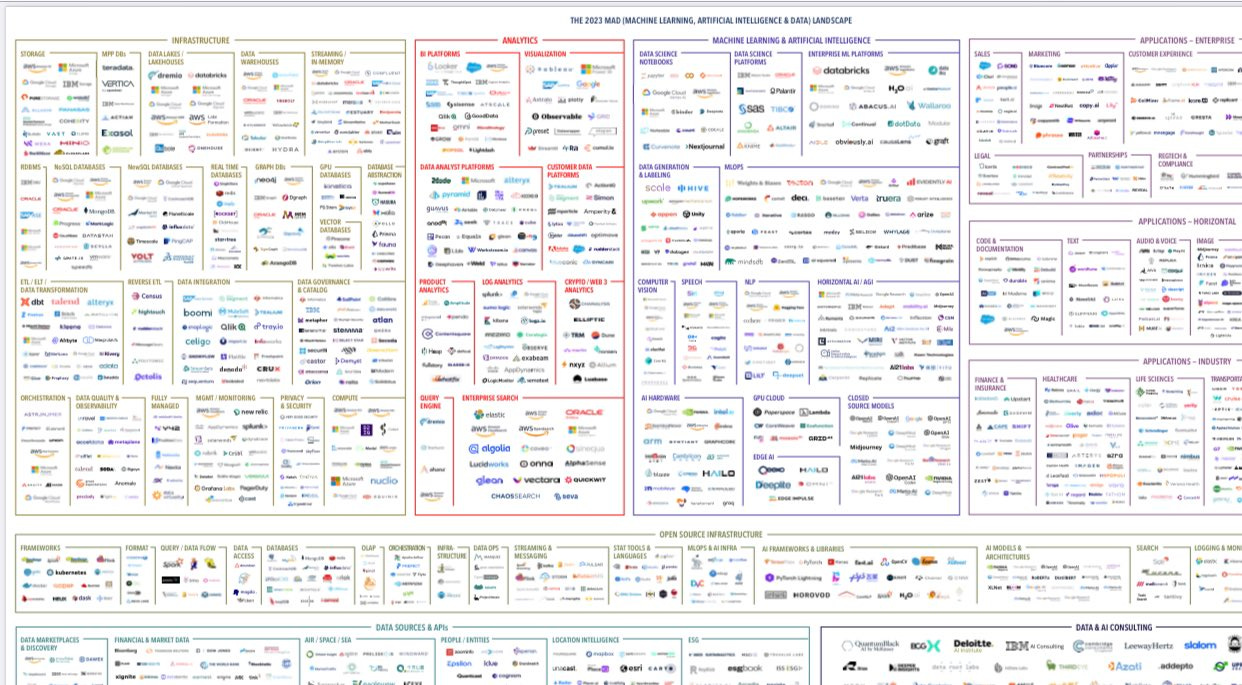
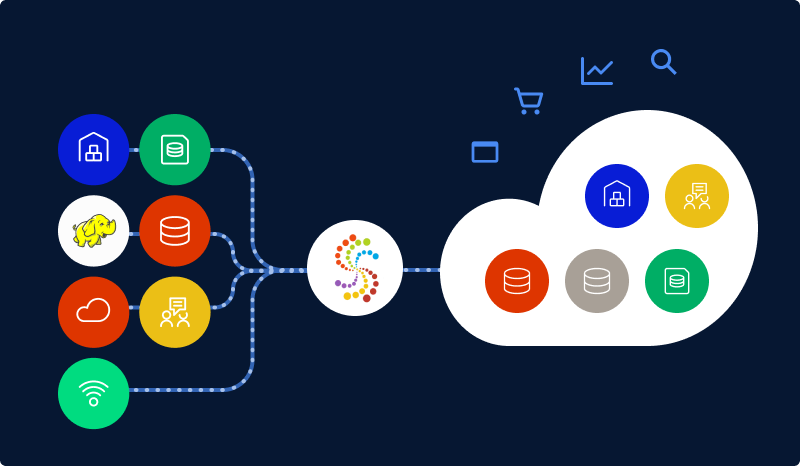
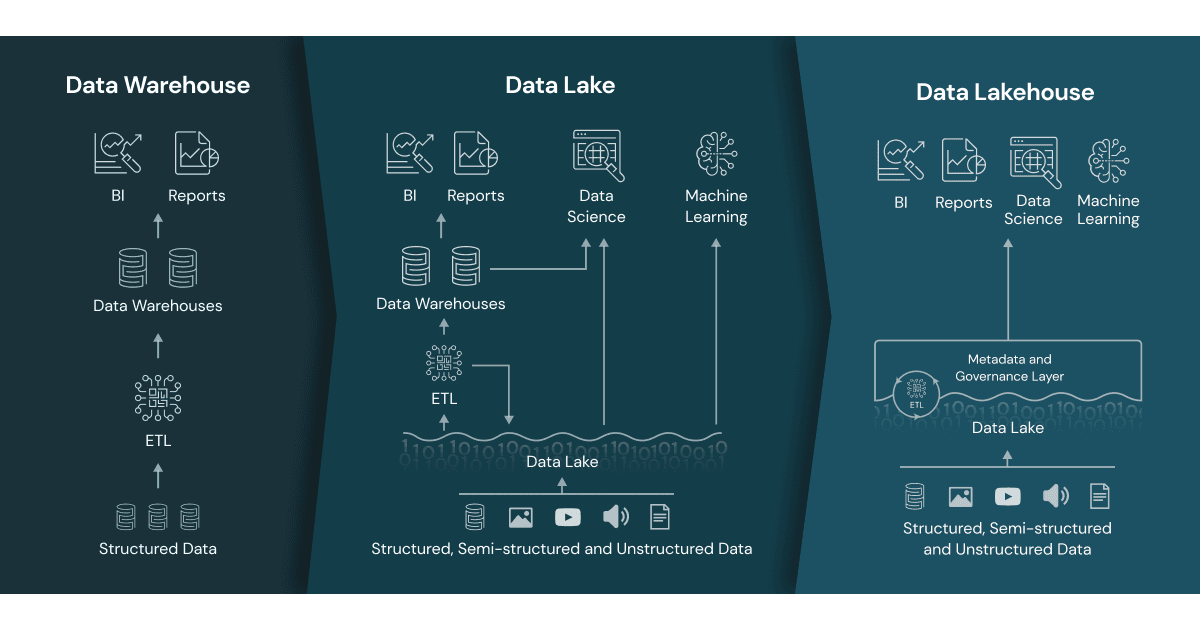
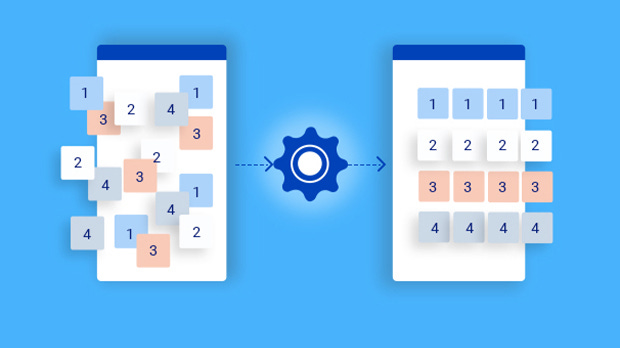
![Data Privacy vs. Data Security [definitions and comparisons] – Data Privacy Manager Data Privacy vs. Data Security [definitions and comparisons] – Data Privacy Manager](https://substackcdn.com/image/fetch/w_1456,c_limit,f_auto,q_auto:good,fl_progressive:steep/https%3A%2F%2Fsubstack-post-media.s3.amazonaws.com%2Fpublic%2Fimages%2Fe9621ceb-b17d-40f3-90ad-8facb7497c1c_1200x628.png)
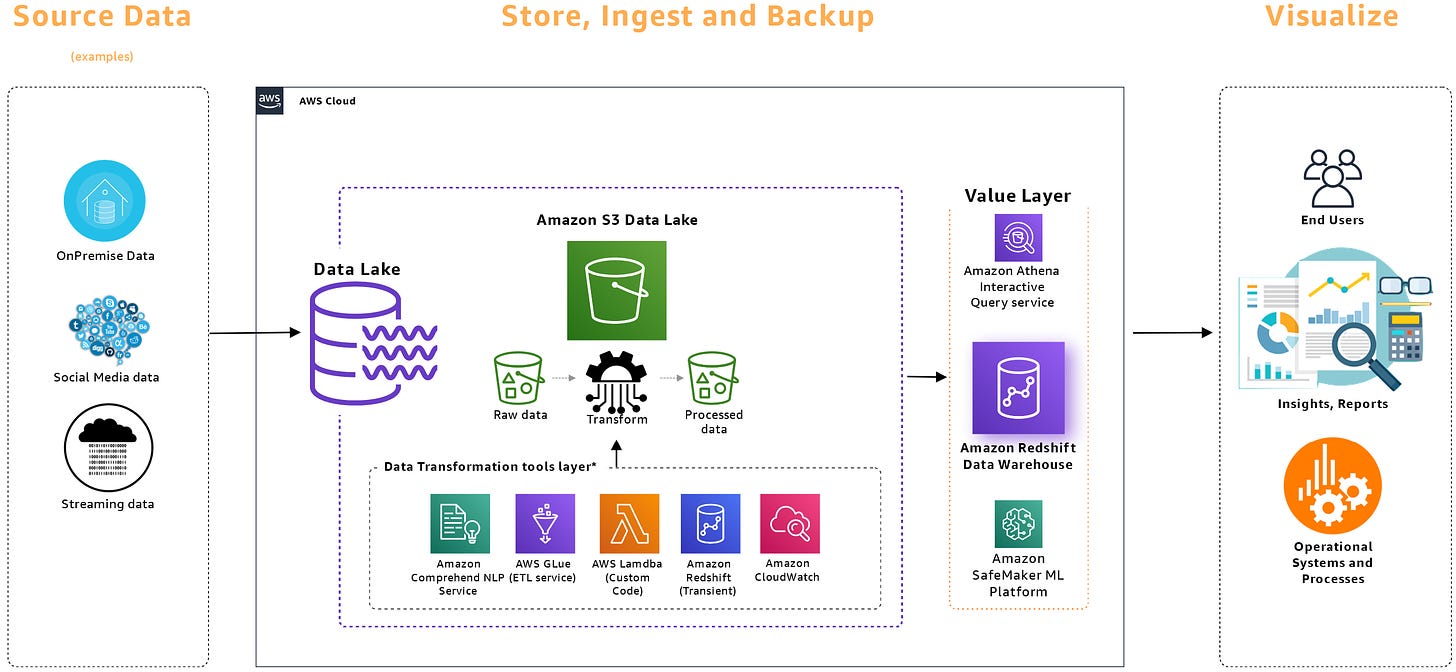
Great Explanation, Thank you